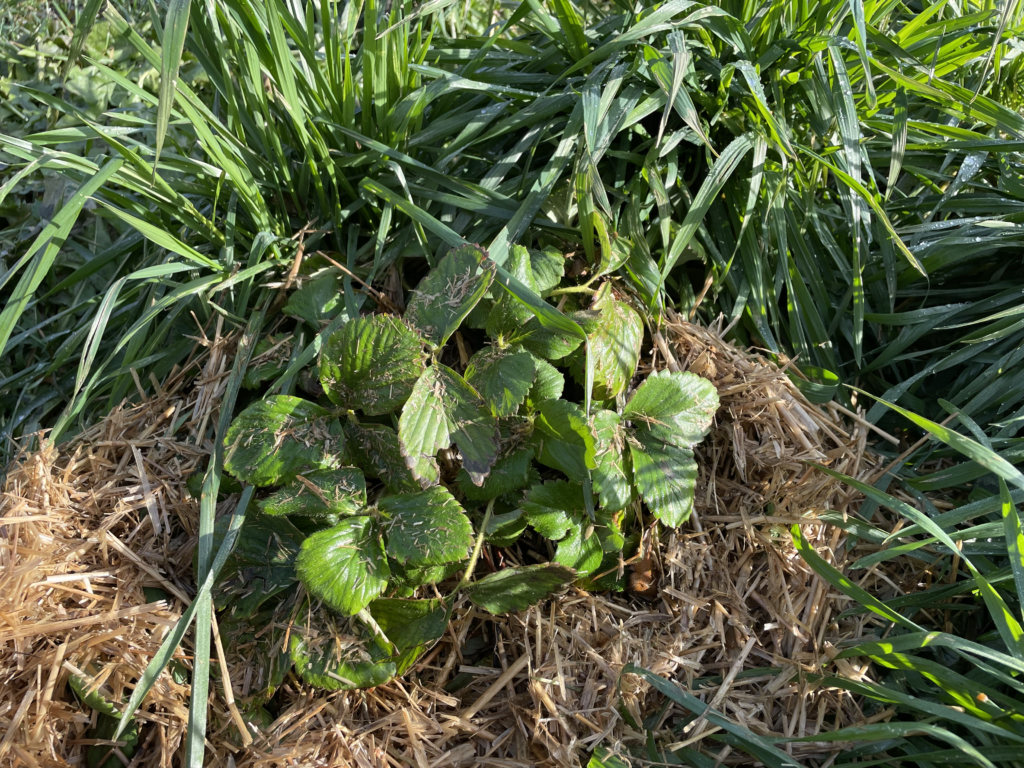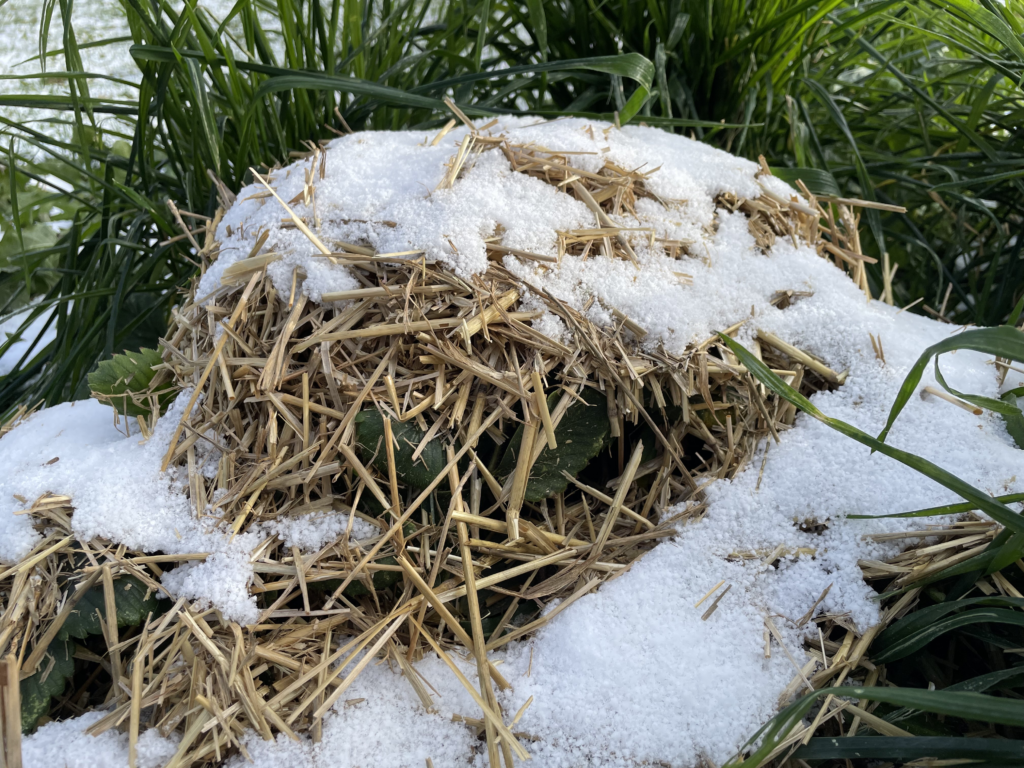We don’t have real weather.
The Pacific Northwest Coast has two seasons. There is the “grey” season, and the “sun-is-too-bright” season. Neither involves any real weather. A simple thunder storm makes us stop and gaze at the sky in awe. The slightest dusting of snow causes schools to start late, since nobody knows how to drive on ice, and the word “snowmageddon” jokingly drifts into conversations.
Despite this lack of seasons, from December to April, I can be found browsing hungrily through seed catalogs, dreaming about fresh tomatoes. That’s all I can do, since nothing can be planted in the grey season…right?
Why not garden all year long?
This doesn’t make any sense. The weeds are growing with abandon; all they do in the cold is slow down a bit. The ground isn’t even frozen. Most of the seeds marketed are best grown in a greenhouse or warmer climate, and they all say “Plant when the danger of frost has passed.” However, many PNW gardeners grow crops in the cold – brassicas, squash, beans, peas…. I need to get my cold garden season act together!
Last season I tried planting some starts under grow lights. I tried beans, just to test it out. My grow lights were not strong enough and the beans got “leggy” reaching for the window light. (Beans are best just planted directly in the ground.) This was a lot of work, took up too much room in the house, and was costly. I am a lazy gardener and this is not sustainable!
I do not have a greenhouse to grow things “off-season”. I just want to use the same in-ground no-dig mulchy simple gardening I have success with during the so-called “growing season” all year.
Time to work with nature, not in spite of it.
The first thing I did in December was focus on a crop I am “supposed” to plant at this time – garlic! Then I reflected on what I’d noticed about soil and temperature – decomposition makes heat. Adding food for decomposers like bacteria, microbes, fungi and so on, raises the soil temperature. Finally, I noticed that damage from frost mostly affects annuals already in the process of dying and leaves that are exposed to the air. I know there are solutions like plant cloth, tunnels, and hot boxes that some gardeners use to insulate or protect their plants from frost. What did I already have that would do this and foster decomposition at the same time? What did surviving plants have that helped them stay alive?
The answer is mulch!
At the end of January, the freezing temperatures were on their way. I didn’t have woodchips, which are very popular, but I do have straw. (NOT hay!) Woodchips decompose slowly, but straw decomposes very quickly, creating that heat I want. I decided to drop heavy clumps of straw onto each plant I wanted to protect from the oncoming frost and snow, especially my fragile looking garlic shoots. It took about ten minutes to distribute the straw where I wanted it. While I was at it, I direct sowed several brassicas – kale, cabbage, chard, lettuce, and collards. I only planted a few of each, intending to stagger my crops. I also covered the strawberries, which died back partly last cold season. Lastly, I spread out the deadfall foliage from last year’s annuals on the remaining unprotected soil.
After the snow was gone I hustled outside to see if it worked. Success! Everything I covered with straw was green and living, with evidence of new growth. Because the ground did not freeze, the root systems were untouched. The plants just needed a blanket! Straw is cheap, doubles as mulch and composts into the soil, requires very little energy to make, allows air and light to access the plants, and is easy to handle.

What has worked for you for winter gardening? Share your story below!


💗💗💗
This looks so good! Definitely bookmarking this site. Excited to see more to come.
Thank you! 🙂 I am excited too, hoping to improve my writing as I go!